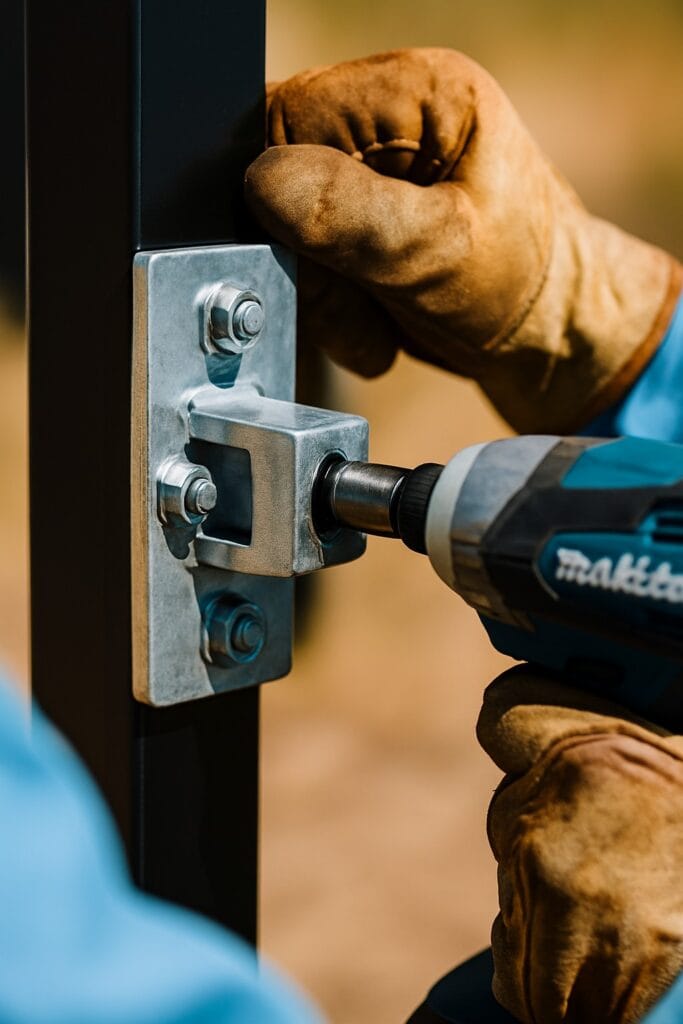We often take for granted the systems that power our daily lives until they stop working. When the lights go out, the water stops, or the internet goes down, we see how much we rely on critical infrastructure. But what exactly does that term mean, and why is it so important?
In this article, we will explain what critical infrastructure means. We will highlight important sectors and show how governments and organizations protect these vital systems.
What Is Critical Infrastructure?
Critical infrastructure includes the physical and cyber systems that are vital for society and the economy to work. Experts consider these systems “critical” because disrupting them would have a debilitating impact on national security, public health and safety, or economic stability.
In simple terms, if it keeps the country running and people safe, it’s probably part of critical infrastructure.
The 16 Sectors of Critical Infrastructure
In the United States, the Department of Homeland Security (DHS) has identified 16 critical infrastructure sectors. These sectors include many industries and services, both public and private. They are the backbone of our nation’s strength.
- Energy – Power plants, electrical grids, and fuel pipelines
- Water and Wastewater Systems – Drinking water supply, treatment plants, and sewage systems
- Transportation Systems – Airports, highways, railroads, maritime ports, and mass transit
- Communications – Telephone networks, cell towers, internet infrastructure, satellites
- Healthcare and Public Health – Hospitals, clinics, labs, emergency services
- Financial Services – Banks, stock exchanges, credit card networks, ATMs
- Food and Agriculture – Farms, food processing facilities, and food distribution networks
- Information Technology – Data centers, software platforms, and digital infrastructure
- Chemical – Production and distribution of industrial chemicals
- Commercial Facilities – Malls, sports venues, hotels, and office buildings
- Critical Manufacturing – Factories producing key goods like machinery and defense components
- Defense Industrial Base – Military equipment and systems supply chain
- Emergency Services – Police, fire departments, EMS, and disaster response teams
- Government Facilities – Federal buildings, courthouses, and election infrastructure
- Nuclear Reactors, Materials, and Waste – Power generation and radioactive waste management
- Dams – Hydropower, water storage, and flood control systems
These sectors are tightly connected. A failure in one (like power) can quickly affect others (like healthcare, communication, or transportation).
Why Critical Infrastructure Matters
Our lives depend on the reliable operation of critical infrastructure every single day. From the lights in our homes to the food on our tables, these systems make modern life possible.
Here’s why protecting them matters:
- Public Safety: Hospitals, emergency response services, and clean water systems are vital to survival and well-being.
- National Security: Defense operations, intelligence, and emergency response all rely on secure infrastructure.
- Economic Stability: Industries like finance, agriculture, and manufacturing depend on consistent infrastructure access to function.
- Everyday Life: A disruption in energy, transportation, or communication quickly leads to chaos in homes, businesses, and communities.
How Critical Infrastructure Is Protected
These systems are very important. Federal agencies, private companies, and local governments protect them. Here’s how protection is handled:
- Regulation and Oversight: Agencies like DHS and the Cybersecurity and Infrastructure Security Agency (CISA) develop policies, issue alerts, and coordinate responses to threats.
- Cybersecurity: As infrastructure becomes more digital, protecting against cyberattacks is just as important as physical security.
- Public-Private Partnerships: Many entities own critical systems, like utilities or transportation. The government works with companies to develop security standards and response plans.
- Emergency Preparedness: Conduct regular drills, create recovery plans, and perform risk assessments to ensure quick responses to disasters.
Final Thoughts
Critical infrastructure may not be something we think about every day, but it’s something we rely on every minute. From the power in our homes to the water we drink, these systems are essential to life as we know it. Understanding what they are and how we protect them helps us see the amazing network that keeps society running.
Need more insights on infrastructure, land use, or property development? Keep an eye on our blog or talk to your local experts for helpful advice on today’s changing world.
